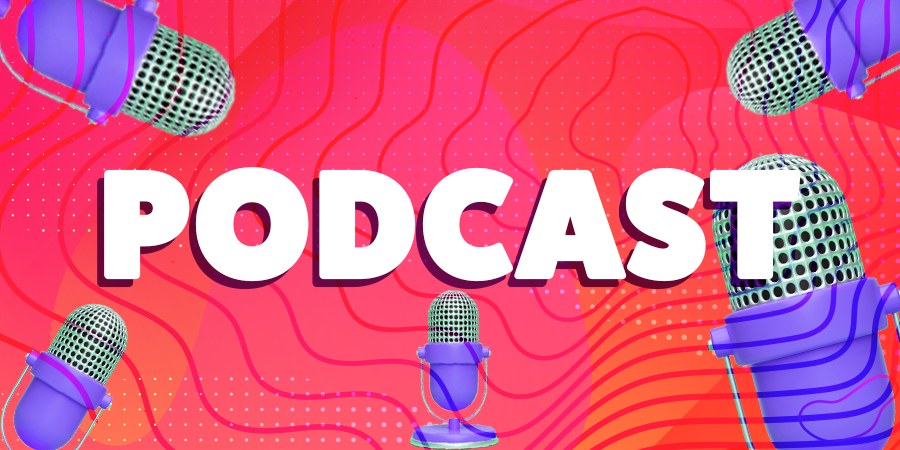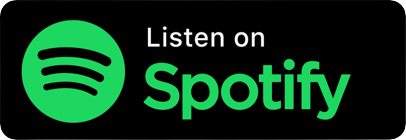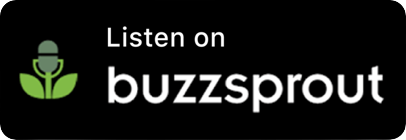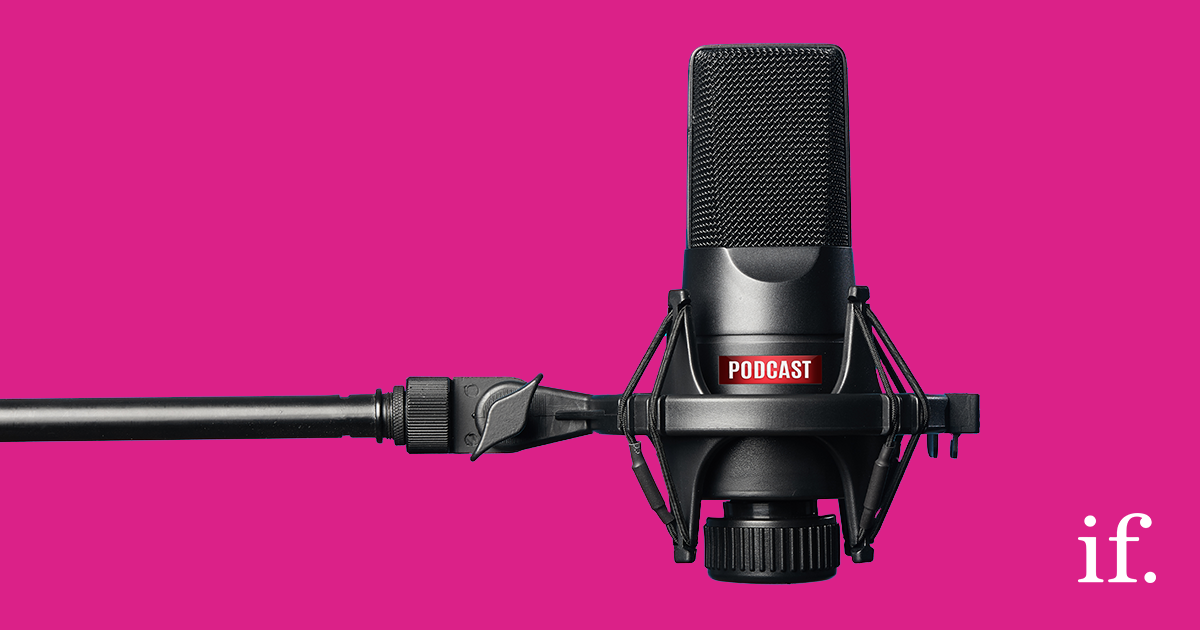Ep 44: Serious Social – Priorities for paid social
A lot happened in 2020, and the same is true for the paid media landscape. In this week’s Serious Social, Belle Lawrence will be looking at the latest news and updates to help you navigate your paid strategy this year, and helping you understand the priorities for paid social.
If you’re after more know-how to break the social boring, subscribe now.
Full Transcript
Welcome to the Serious Social podcast, created by the straight-talking social media experts at immediate future.
Hello everyone and welcome to another Serious Social Live. I’m Belle Lawrence and today we are talking about Paid Social.
Now, we promised you for this session a little bit of a look back on what happened, some of the changes in 2020, tips on evaluating your strategy for this year, including some of the trending tactics and things that did happen. And just generally how to better use your page strategies to engage with your social audience. A lot of social media is paid to play now but let’s have a quick look at how you can engage with those paid options on the platforms.
So, overall, ad spend in 2020 was up, perhaps you’re not surprised by that but when I tell you it was up by a whopping 50% at the peak of the festive season in December, you’ll notice that that’s quite a big number and this isn’t set to change anytime soon. So in the short time, of course, advertisers who were previously investing in what could be termed as traditional media maybe TV, out-of-home radio, there’ll be moving their budgets online. And as that’s proving successful and they start to get used to it, they’ll continue to invest and scale up. Then when the market does come back or it does change a little bit, they’re likely to keep that online spend and be able to invest more in some of the out-of-home radio, et cetera, formats. So we’re not expecting the spend to dip necessarily. The other thing that has risen is CPCs, cost per clicks.
Now in 2020, there was some low, low, low CPCs that were to be had as the audience volumes exploded almost overnight, everybody was online, but brands weren’t ready for it. They weren’t ready with the right messaging. Things change too quickly, budgets got cut. It was all a bit hectic, but they have caught up and you can see that because costs are rising. In fact, they were up 10% during that same December period when it shown that the spend overall was up 50%. So CPCs and ad spend go hand in hand because it’s all about demand when there’s impressions to be had and people want to reach the right people, you’ll be bidding against your competitors, essentially. As an industry breakdown, just to let you know, CPCs that have gone up, alcohol has soared, beauty and FMCG food have all gone up in cost per clicks. Whereas things like automotive, fashion and retail as a whole have dropped. So that might seem a little bit more obvious, I guess but when the world opens up again, it’ll change again because where bricks and mortar shops and retailers will start to then pick up the business again in those shops, people will be less reliant on selling products online. So there’ll be less reliant on digital revenue but again, if they’ve optimised all of their paid spend and it’s working for them, they’re not going to stop spending altogether. So just bear that in mind.
In 2021, you may need to factor a rise in the CPCs into your campaign planning. So look at how it’s going to affect your overall budget and what your return might be and then be ready to optimise when things change because as we know, they change really quickly like overnight. So you have to be ready to make sure that you’re getting the right CPCs and you’re getting the right results. If you need help, we can help. I can give you more information on the breakdown of industry sectors. I can kind of help you to see what you could gain from paid social, which platforms you should be on. So just get in touch. Now, looking at content or format types and trends.
So it’s no surprise, e-commerce and shopping formats are really, really rising. Every single platform is developing these hugely and so much so that there’s almost too many to mention. So, it’s best to kind of have a look through some of our blogs, look at our e-commerce blogs. We’ve also got a D2C webinar that we run. So go and take a look at those and if you are a D2C brand, try them out. In paid social, test and learn is really the way to succeed. Live streaming and video is the next one I want to talk about.
Now, video in general continues to grow but live streaming specifically is the one where we’re seeing a lot of growth. Facebook and Instagram particularly are pushing this quite hard because that’s where they’re seeing that the engagement rates are. And what’s interesting is that we’re now hearing about shoppable live streams, kind of QVC style and that’s really growing in China. So it’s only a matter of time before we start to see that coming more into our live streaming that we’re doing day to day or the retailers are doing.
Another interesting thing I noted is that using influencers is down or rather it’s reduced, towards the end of 2020, it was seen to reduce. Now, it could be because there’s a lot more influencers in the market, so to speak, lots of people are online. They’ve been developing themselves as influencers over the last few months when they maybe haven’t had a job, or they’ve been furloughed or they’re seeing it as a new avenue. So it’s hard to judge whether that’s like a real fact but technically, that’s what the reports are saying. And what’s worth bearing in mind when it comes to influencers is that they’re not going to solve all your problems, first but second, there is a wide range of ways to work with influencers. It doesn’t have to be the big, big celebrities and style icons or anything like that. In fact, you might find for your brands, that micro influencers and very, very small influencers could do more for you possibly because consumers will trust them more or they find it easier to understand what they’re saying. Having said that on the flip side, there may be some opportunities to work with bigger celebrities and people that are really influential at the moment if they’re not doing as much work during the pandemic. So, imagine actors and films and TV, some of it is reduced. So there might be some options to look at.
Now, I’m going to move on to what’s going on on the platforms and I can’t cover it all, but I’ll try to give you a few of the highlights.
So as we know, a lot happened last year including a big ad spend boycott on Facebook. Well, Facebook platform, which included Instagram. A lot of the big brands pulled back their advertising spend in Facebook in July and August, essentially it was all around. They felt that Facebook could be censoring hate speech, could be doing more to combat the bad content that’s out there. So they pulled their spend and this cost Facebook millions in revenue but ultimately, a lot of advertisers will have returned. If their audience is still there, they’re going to start spending again.
So the big brands are returning and the smaller or small to medium brands maybe never left because let’s face it, if there’s available inventory because the big brands aren’t there, then you might be able to get more for your money. So yes, people are back on Facebook and Instagram. Although I think it is spreading a little bit more. They do have the most developed ad platform. There are a lot of different options that you can take advantage of, so many ways to get involved with it. But one thing that is a bit of a challenge is the lack of customer support. If you’re a small to medium brand and you’re running things yourself, you will have noticed that it’s hard to get hold of people. You either can’t get on the chat or they can’t help you or there’s some major problem. And now if you’re not Facebook partners, like we are, that can present a real challenge and a lot of people have been saying, well, look, Facebook you’re saying that you’re really helpful to all brands but basically, you’ve got no customer service. So that’s something that they could maybe sort out.
A couple of other things that you need to be aware of with Facebook is that they are rolling out ad limits. Now it may not affect you directly but small to medium pages that are spending under £100,000 a month or dollars, I think a month, they’re limited now to 250 ads live at any one time and as the investment scales up, then the number of ads scales up. So as I say, it may not affect you but it’s worth being aware of if you’re looking to scale your business and run lots of different ads.
On the e-commerce front, they’ve also just improved that auto inventory ads which are designed for on-platform car shopping. They’ve obviously spotted that lots of people are maybe trying to sell their cars. Maybe they’re not going down the traditional routes of some of the well-known car sales brands and new ones on the market. They’re going to Facebook marketplace to sell their used cars. So the other thing that I want to bear in mind for 2021 for Facebook and Instagram is expand your formats, go further than the newsfeed. I think the latest data is that 73% of spend is going into the feeds. So they’re super, super busy, right? It’s really competitive, your CPCs might be quite high. So it’s going to push your costs up. So consider including messenger ads and maybe make sure that you’re designing more formats for stories and then refine your strategy using the tools that they have for pixel tracking and for re-marketing. So don’t ignore them. If you’ve been doing Facebook ads for a while, Instagram ads for a while, move on a bit, start to develop your strategy.
Now Instagram, biggest update they made last year to the platform in general was Reels but the real news, apart from them trying to compete with TikTok on Reels is the shopping. So, rollouts on e-commerce tools are coming thick and fast with collections and Facebook pay is evolving as well, which is allowing conversions on the platform, obviously great for consumers. Of course, organic content isn’t clickable. So, this gives you an option to get some conversions in the platform or drive people off the platform. The only other option is going to be like sponsored stories where you can swipe up. So shopping in the platform is clearly a big opportunity for D2C brands, definitely go and look at those options.
Bit of an update on Twitter and the biggest thing that I’ve seen recently that I think is going to really help with paid is the frequency capping that’s now available. So this is really important when it comes to finding the balance of how frequently you’re going to target your consumers. You have to not be spammy. You can’t send them lots and lots of ads but equally, it’s no good having only the budget to send them one ad per month. You’re not going to get any ad recall. You’re not going to get any penetration. So it’s kind of pointless. So you have to find the right balance. We would normally say maybe two to three frequency within a few weeks would be adequate but equally, if you’ve got lots of ad inventory, if you’ve got a big budget and if you’ve got lots of different target audiences that you can group into ad sets, then you could push that frequency up if you want to kind of go out with a big burst. So it’s great that Twitter brought this in. And they’re also talking a lot about what they’re calling the three R’s, resonance, relevance and recency. And the key one for ads is recency. Their algorithm works, so you can’t just load a couple of ads up and then set and forget. You do need to refresh your ads. So you probably need three to five fresh ads on a weekly basis to make sure that it’s working at the optimum level. They also recently announced new partners for brand safety to avoid clashes with the content that’s on the site. And I know a lot of advertisers will feel concerned about running ads on the site because it’s a little bit more of an open platform. You could get push back, backlash, comments, trolls all of that. So it’s really good to see that they’re trying to make some effort to combat that kind of thing.
Now, before I talk about TikTok, LinkedIn. Now they’re little bit slower to develop their ads platform. However, I would say one thing that we think is great about their ads platform is the forecasting tool which allows you to work out how much you should spend, how much you could spend, how many times you’re going to reach people the frequency levels and things like that. So we really enjoy that and one of the things it’s going to allow you to do and what I would say to start with on LinkedIn is to start with the automatic bidding. And then if you want to improve, then you need to start doing manual bidding. Push your bid costs down, the bids that you’re making for the impressions or the clicks, push it down to the level where it’s still optimal. Like you’re bidding at the lowest amount and getting the results that you need. That’s a key development that you can take into your strategy.
Actually, one of the things that they are developing fast, shocked face, is their Stories. Considering they only recently released them, they just brought out the swipe up feature and they’re going to start testing ads and stories as well. So keep your eye on that.
And then the third thing for LinkedIn is the Products tab that they launched. Now, this isn’t necessarily linked to paid for everybody, but it will be interesting to see how companies start to use those product options to showcase what they do and what they can sell to people. Because it obviously is always a challenge to drive people off a platform that they enjoy using, any of the social platforms would be the same. So have a look at the Products tab, see if it is going to be any good for you.
So lastly, TikTok, you know, newest on the block. What is the latest? For a start, they’re developing the ads platform really fast and it’s a good ads platform. If you’re familiar, you’ve used any of the other platforms in the past, you’ll be okay with this. There’s a lot of familiar tools, so you should be fine. There’s also lots of videos about how to use it. So I’m not going to go into exactly how to use that.
They’ve also just started a pilot of their shoppable product features which is bound to take-off. Again with Instagram, all the shoppable features are really taking off, fairly similar channels in terms of the visual, way that people use it. So I can’t see any reason why the shoppable products on TikTok wouldn’t take off as well. If you don’t know much about TikTok ads, there are auction options where you can buy impressions but there are also premium branded options, like branded challenges, for example. Now they’re going to set you back a pretty penny, probably upwards of a hundred grand but there are other premium options from like 30 grand plus. But these are the ones that are really going to cut through. Now, there are definitely impression ads, go for them, start rolling them out. But if you’re a brand, you’re launching a new product or you want to make a real impact, then take a look at the premium options for sure. We’re about to start testing some impression-based ads for one of our clients against the cost of Instagram and see how they perform. So we’ll be sure to let you know how that goes and also, I’m happy to report that unlike Facebook and Instagram, we are actually getting lots of support from TikTok in terms of setting things up and feedback and help. So thanks to our rep, Joel for doing that for us.
Okay, that was a bit of a whistle stop tour with lots of updates and by no means, does it cover all the updates. So I would encourage you to follow our feeds. We are often posting blogs about latest updates and we’ll include things in our social snapshots and our monthly roundups, so keep an eye out for those. And of course, we’ll be back next week with another Serious Social where Katy’s going to be joined by a brand specialist. And they’re going to be asking whether organisations are really brand messaging on social or if they’re just wallpapering. That’s a topic close to our heart, so I’m really looking forward to that. But for now, I hope you have a great day and see you soon.
If you’re after more know-how to break the social boring, subscribe now and check out the show notes for links to our website and social profiles.




